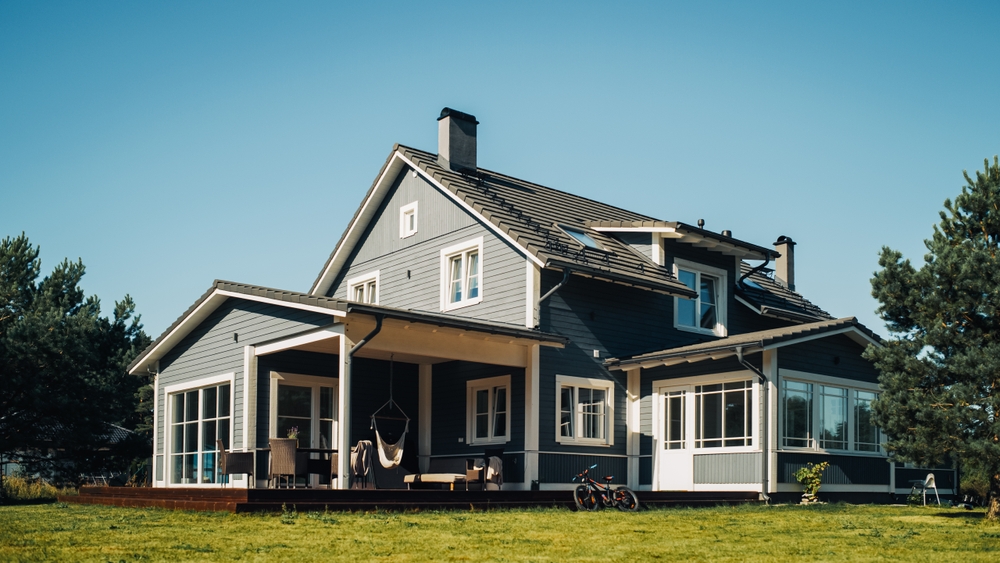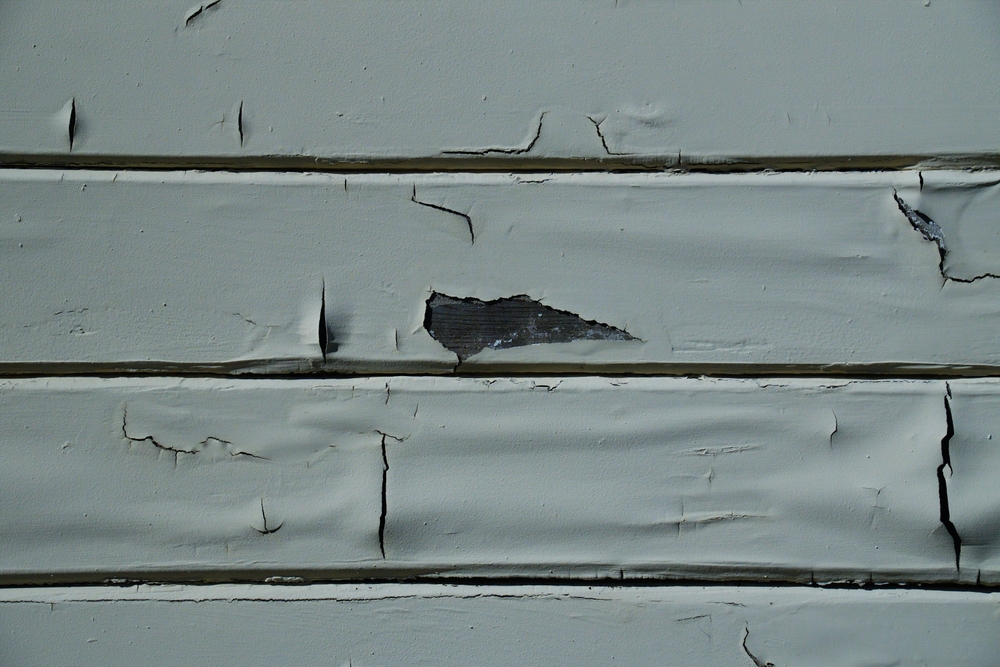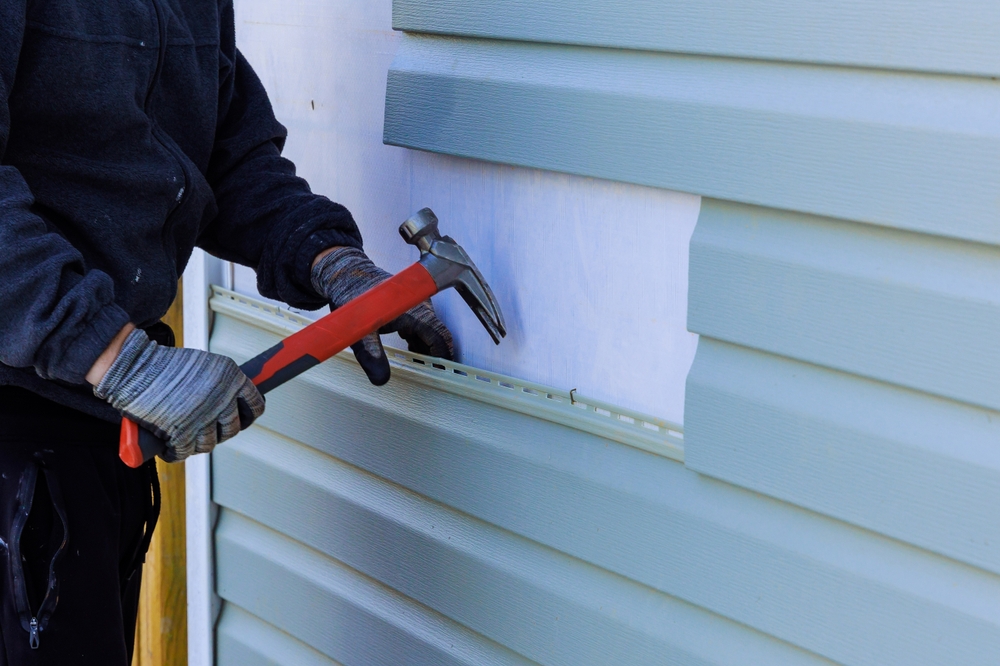Siding plays a crucial role in protecting your home from the elements, maintaining its structure, and enhancing curb appeal. But when your siding starts to show signs of wear and tear, you’re faced with a dilemma: should you repair the damage or replace the siding entirely? Knowing when siding replacement is more practical than repairs can save you money, time, and stress in the long run.
Understanding the Role of Siding
What Does Siding Do for Your Home?
Siding acts as the first line of defense against harsh weather conditions like rain, wind, and snow. It prevents moisture from seeping into your home, which could lead to structural damage. Beyond protection, siding also insulates your home, contributing to energy efficiency by keeping your house warm in the winter and cool in the summer.
How Siding Protects Against Weather and Damage
Siding is designed to endure varying weather conditions. High-quality siding prevents water infiltration and keeps your home free from pests like termites and insects. Over time, however, even the best siding can wear down, leading to the need for repairs or replacement.

Signs of Siding Damage
Visible Cracks and Gaps
One of the first signs that your siding is damaged is the appearance of cracks and gaps. These allow moisture to penetrate, which can cause rot and decay within the walls of your home.
Warping and Bubbling
Warping and bubbling indicate that water has already gotten beneath the siding. This can lead to significant structural damage if not addressed promptly.
Mold, Mildew, and Water Damage
If you notice mold or mildew on your siding, it’s a red flag for water intrusion. This damage might not always be visible from the outside, but it can seriously compromise your home’s structure if it spreads.
10 Signs to Replace Siding – Protect Your Sacramento Home with Heritage Exteriors
Factors to Consider Before Deciding on Repairs
Age of the Siding
Older siding might not be worth repairing. If your siding is more than 15-20 years old, it’s often more practical to replace it rather than continue investing in repairs.
Extent of the Damage
Small, localized damage can usually be repaired. However, widespread issues—such as multiple cracks, warping, or extensive mold—are indicators that replacing the siding may be more cost-effective.
Cost Considerations
At times, frequent repairs can add up to the cost of a full siding replacement. If repairs are becoming a regular occurrence, it might be worth investing in a new installation that will last for years.
When Is Siding Replacement More Practical Than Repairs?
Structural Integrity is Compromised
If the structural integrity of your home is at risk, siding replacement is the better option. Damage like rot, mold, or severe water intrusion can’t be easily fixed with repairs and may affect your home’s stability.
High Frequency of Repairs
Are you constantly calling a contractor to fix small issues? Frequent repairs are a sign that your siding is nearing the end of its life. In such cases, replacement is often the more practical and cost-efficient option.
Outdated or Inefficient Siding Materials
Older siding materials may not be energy efficient, costing you more in heating and cooling bills. Modern siding options offer better insulation and energy savings, making replacement a wise choice.
Benefits of Siding Replacement
Improved Energy Efficiency
New siding materials, like insulated vinyl or fiber cement, can significantly boost your home’s energy efficiency. This leads to reduced heating and cooling costs and creates a more comfortable living environment.
Increased Home Value
Siding replacement is one of the home improvements with the highest return on investment. It not only protects your home but also makes it more attractive to potential buyers if you ever decide to sell.
Enhanced Curb Appeal
Fresh siding can completely transform the look of your home. Whether you choose a different color or style, new siding can give your house an updated, modern appearance.
Common Types of Siding for Replacement
Vinyl Siding
Vinyl siding is affordable, durable, and low-maintenance. It comes in various colors and textures, making it a popular choice for many homeowners.

Fiber Cement Siding
Fiber cement siding is known for its longevity and resistance to fire, insects, and moisture. It’s more expensive than vinyl but offers excellent durability and a high-end look.
Wood and Composite Siding
Wood siding is attractive but requires more maintenance to prevent rot and insect damage. Composite siding offers the look of wood with fewer maintenance requirements.
Costs Involved in Siding Replacement
Material Costs
The type of siding you choose will greatly affect the cost of your replacement project. Vinyl is usually the least expensive, while fiber cement and wood siding can be more costly.
Labor and Installation
Labor costs depend on the complexity of your project and your location. While DIY siding installation can save money, hiring a professional ensures the job is done correctly.
Long-Term Savings vs. Short-Term Costs
While replacing siding is a significant upfront expense, it can save you money in the long run by reducing energy costs and preventing further damage to your home.
DIY Repairs vs. Professional Replacement
When to Attempt DIY Repairs
Small cracks or localized damage can often be fixed with a DIY repair kit. However, more extensive damage should be left to professionals.
Benefits of Hiring a Professional for Replacement
Professionals bring expertise, proper tools, and experience to the job. While it may cost more upfront, professional siding replacement is a worthwhile investment that ensures the longevity and integrity of your home.
Environmental Impact of Siding Replacement
Eco-Friendly Siding Options
Many modern siding materials are eco-friendly. Fiber cement, for example, is made from sustainable resources, and insulated vinyl reduces energy consumption.
Eco-Friendly Siding Choice For Sacramento: Exploring James Hardie Options
Disposal and Recycling of Old Siding
Old siding can often be recycled, reducing the environmental impact of your home improvement project. Be sure to ask your contractor about eco-friendly disposal options.
Conclusion
In the battle between siding repairs and replacement, the decision ultimately depends on the age, condition, and material of your siding. While repairs may be more practical in the short term for minor damage, replacement offers long-term benefits like improved energy efficiency, increased home value, and better protection against the elements. Evaluate your siding’s condition carefully and consider the overall cost-effectiveness of each option.
FAQs
How often should siding be replaced?
Siding should typically be replaced every 20-40 years, depending on the material and weather exposure.
What is the most durable siding material?
Fiber cement siding is considered one of the most durable options, with excellent resistance to weather, fire, and pests.
Can I repair siding on my own?
Yes, small cracks or holes can be repaired as a DIY project, but larger issues usually require professional help.
How do I know if my siding has water damage?
Look for signs of mold, mildew, bubbling, or warping. These often indicate that water has gotten beneath the surface.




